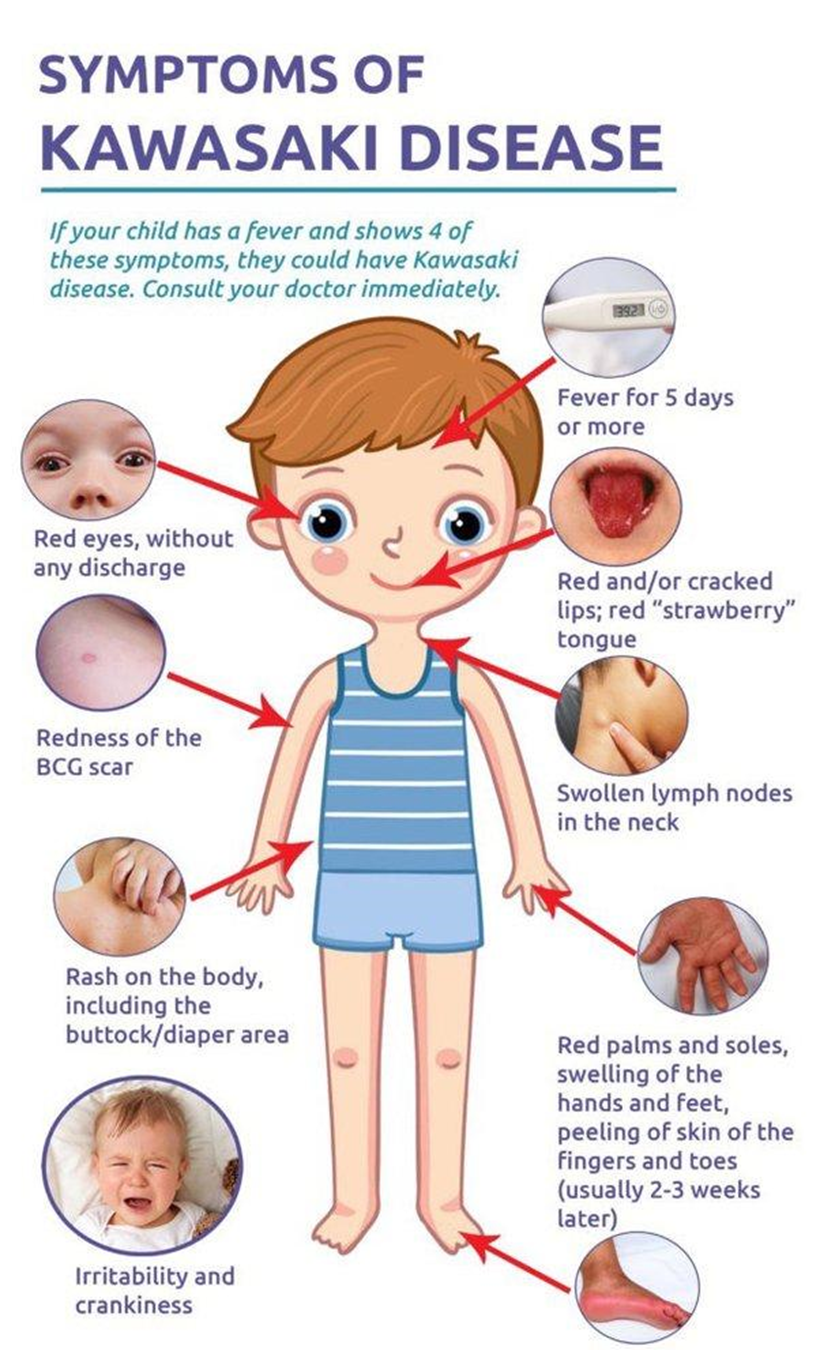The nurse is creating a plan of care for a child who is at risk for seizures. Which interventions apply if the child has a seizure? Select all that apply.
Move furniture away from the child.
Place the child in a prone position.
Restrain the child.
Time the seizure
Insert a padded tongue blade in the child's mouth.
Stay with the child
Correct Answer : A,D,F
A.Move furniture away from the child.
Explanation: Creating a safe environment is important during a seizure. Moving furniture away from the child helps prevent injury.
B.Place the child in a prone position.
Explanation: Placing the child in a prone position (face down) is not recommended. The child should be placed on their side to allow for drainage of oral secretions and to prevent aspiration.
C. Restrain the child.
Explanation: Restraint is generally not recommended during a seizure, as it may cause injury to the child or the person providing care. Allow the seizure to run its course, and focus on keeping the environment safe.
D.Time the seizure.
Explanation: Timing the duration of the seizure is important for medical evaluation and management. Note the start and end times of the seizure.
E. Insert a padded tongue blade in the child's mouth.
Explanation: Inserting any object, including a padded tongue blade, into the child's mouth during a seizure is not recommended. This can lead to oral and dental injuries. Maintaining a clear airway and protecting the child from injury are priorities.
F. Stay with the child.
Explanation: Staying with the child provides support and ensures the child's safety during the seizure. It also allows the caregiver to observe and provide information to healthcare professionals.
Nursing Test Bank
Naxlex Comprehensive Predictor Exams
Related Questions
Correct Answer is D
Explanation
A. Cracked lips:
Incorrect: While red, cracked lips are part of the mucous membrane changes seen in Kawasaki disease, they are not specific to the acute stage. Mucous membrane changes can occur in both the acute and subacute stages.
B. Desquamation of the skin:
Incorrect: Desquamation, or peeling of the skin, is more characteristic of the subacute or convalescent stages of Kawasaki disease, particularly on the fingers and toes.
C. Normal appearance:
Incorrect: In the acute stage, the child with Kawasaki disease typically exhibits signs of illness, including fever and other clinical manifestations. A "normal appearance" would not be expected in the acute stage.
D. Conjunctival hyperemia.
Explanation: Conjunctival hyperemia, or redness of the eyes, is a common clinical manifestation of the acute stage of Kawasaki disease. Other typical signs and symptoms during this stage include fever, mucous membrane changes (such as red, cracked lips), changes in the extremities, rash, and cervical lymphadenopathy.

Correct Answer is C
Explanation
A. Meningococcal polysaccharide vaccine
Explanation: Meningococcal vaccine is recommended for adolescents, particularly before starting college, as it helps protect against meningococcal disease. The conjugate form of the vaccine is usually preferred over the polysaccharide form.
B. Pneumococcal polysaccharide vaccine
Explanation: Pneumococcal vaccine is generally recommended for older adults and individuals with specific medical conditions, but it may not be part of routine immunizations for healthy adolescents.
C. Influenza vaccine
Explanation:
Influenza vaccine is recommended annually for adolescents as part of routine immunizations. It helps protect against the seasonal flu, which can cause significant illness and complications.
D. Bacille Calmette-Guerin (BCG) vaccine
Explanation: BCG vaccine is primarily used in some countries to prevent tuberculosis. It is not routinely administered in the United States as part of standard immunization schedules for adolescents.
Whether you are a student looking to ace your exams or a practicing nurse seeking to enhance your expertise , our nursing education contents will empower you with the confidence and competence to make a difference in the lives of patients and become a respected leader in the healthcare field.
Visit Naxlex, invest in your future and unlock endless possibilities with our unparalleled nursing education contents today
Report Wrong Answer on the Current Question
Do you disagree with the answer? If yes, what is your expected answer? Explain.
Kindly be descriptive with the issue you are facing.
